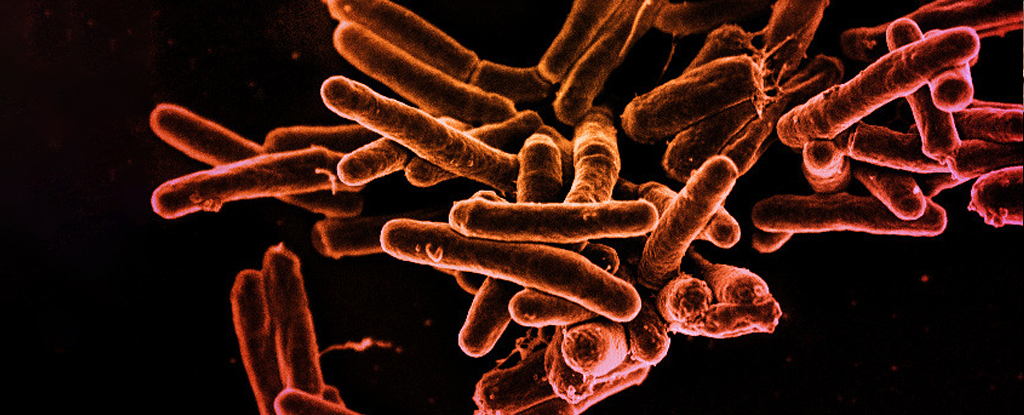Tuberculosis (TB) is one of the most devastating infectious diseases in the world, with 10.6 million people falling ill in 2021 and 1.6 million people dying from it. But why is it that some people are more susceptible to TB, while others appear to be protected?
In a fascinating new study, researchers from the University of Cambridge have used zebrafish to uncover the genetic variants that put Ashkenazi Jews at a higher risk of a rare disease, but also help protect them against TB. This breakthrough could provide clues to possible new treatments for TB, and give us a better understanding of why some people are more susceptible to the disease.
The study, published in the journal PNAS, focused on the enzymes in the cells’ lysosomes, which are responsible for breaking down unwanted material including proteins and fats. When the production of these enzymes is reduced, it can lead to a build-up of toxic material and macrophages – cells that “eat” toxic material, including bacteria and waste products – become bloated and sluggish, unable to perform their duties.
The researchers genetically engineered zebrafish to model one of these lysosomal disorders, called Gaucher disease, and found something very unexpected: these fish were TB-resistant, rather than susceptible. The reason for this resistance to infection was because of the fatty chemical that accumulates in the macrophages in Gaucher disease. This fatty chemical was found to act as a solvent that can kill TB bacteria within minutes by disrupting their cell walls.
Surprisingly, this discovery suggests that people who carry two copies of the most common genetic variant of Gaucher disease are less likely to get TB infection. This is because these genetic variants can increase the risk of Gaucher disease, but they also help protect against TB, giving them a selective advantage.
The findings of this study could provide clues to possible new treatments for TB, such as drugs that mimic the effects of Gaucher disease – specifically the build-up of the fatty chemical that acts as a solvent – that might be useful in the global fight against TB.
This breakthrough could be a major step forward in understanding why some people are more susceptible to TB, and how we can protect them from the disease. Hopefully, this research will lead to new treatments that can help save lives.
Source: www.sciencealert.com
